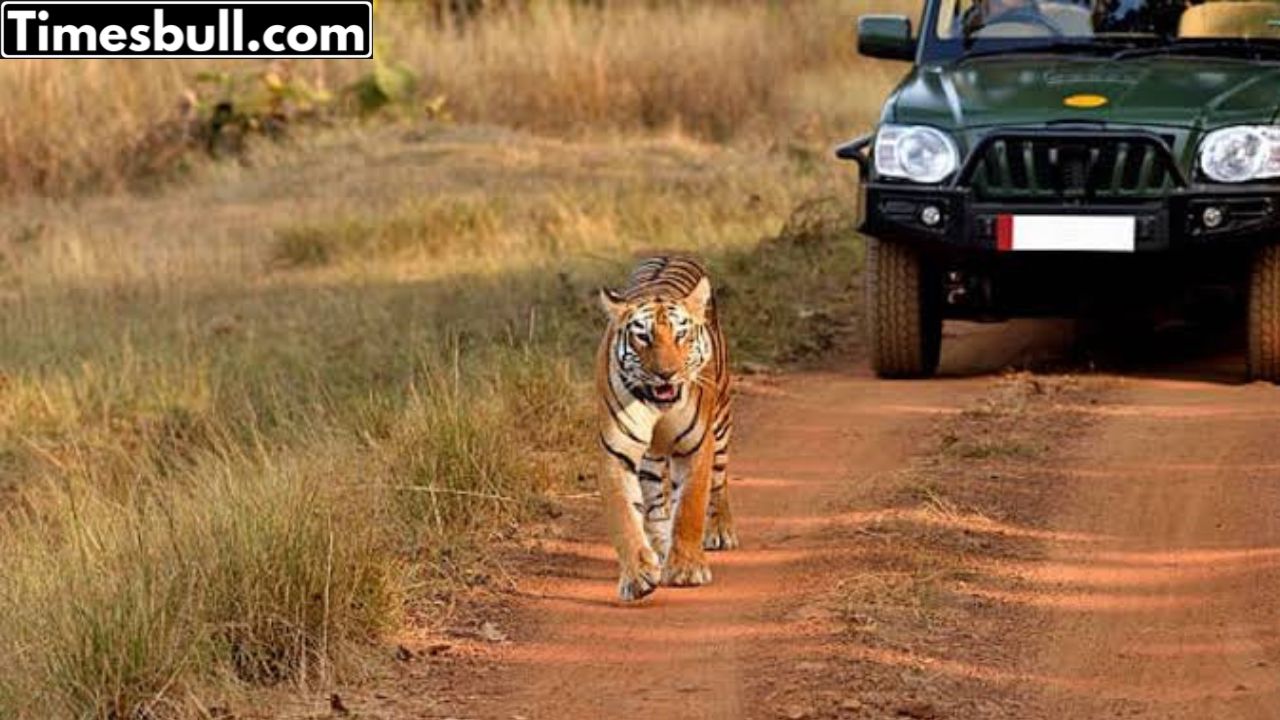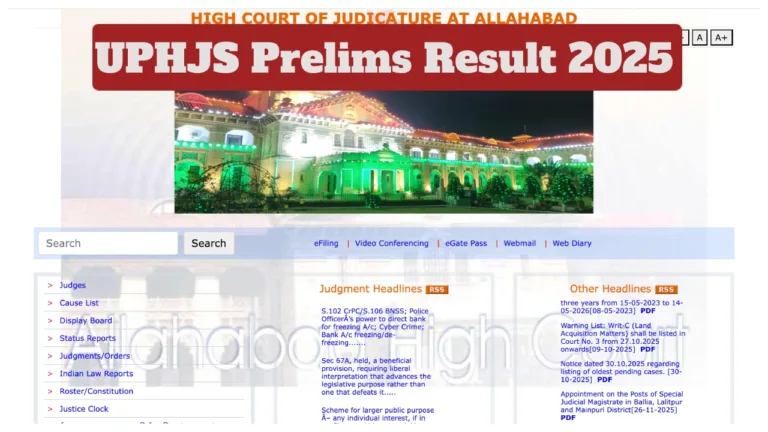Haryana jungle safari: Jungle Safari will be built on 10,000 acres in Gurugram and Nuh districts of Haryana. Provision has also been made in this year’s budget regarding this. Chief Minister Nayab Singh Saini announced this while presenting the budget and said that work on this project will be started soon. He said that this scheme will promote tourism in the state. This will be the world’s largest and unique jungle safari. Many people of the country and the world are interested in it.
The first phase will be completed in two years
The Chief Minister said that the jungle safari will be built in several phases. The work of the first phase will be completed in two years. The Tourism Department, Forest Department, Wildlife Department and Zoo Authority will participate in this project. Let us tell you that while presenting the first budget as Finance Minister, Chief Minister Nayab Singh Saini said that the work of this jungle safari to be built in Gurugram and Nuh will start from this year. Every possible effort is being made for this.
Rare wild animals will be there in Jungle Safari
Under this project, a concept of herbivorous wild animals, exotic animals, cat species, leopards, bird park, natural trails, entertainment places and bio homes has been prepared. Along with this, a plan of about 15 km long leopard park has also been made. Recently a survey of leopard-dominated areas was done, which revealed the information about which areas have more number of leopards.
The Jungle Safari project in Gurugram and Nuh districts of Haryana sounds like an exciting and ambitious initiative! It aims to be the world’s largest and most unique jungle safari, promoting tourism in the state. The project will be developed in phases, with the first phase expected to be completed within two years. Key departments such as Tourism, Forest, Wildlife, and the Zoo Authority will be involved in the development.
The safari will feature a wide range of attractions, including herbivorous wild animals, exotic animals, cat species like leopards, a bird park, natural trails, and bio homes. The plan also includes a 15-kilometer leopard park, designed after a survey on areas with the highest leopard populations.
This project will not only boost tourism but also serve as a conservation effort for wildlife. It’s likely to draw visitors from across the globe, eager to experience such a unique wildlife venture.










